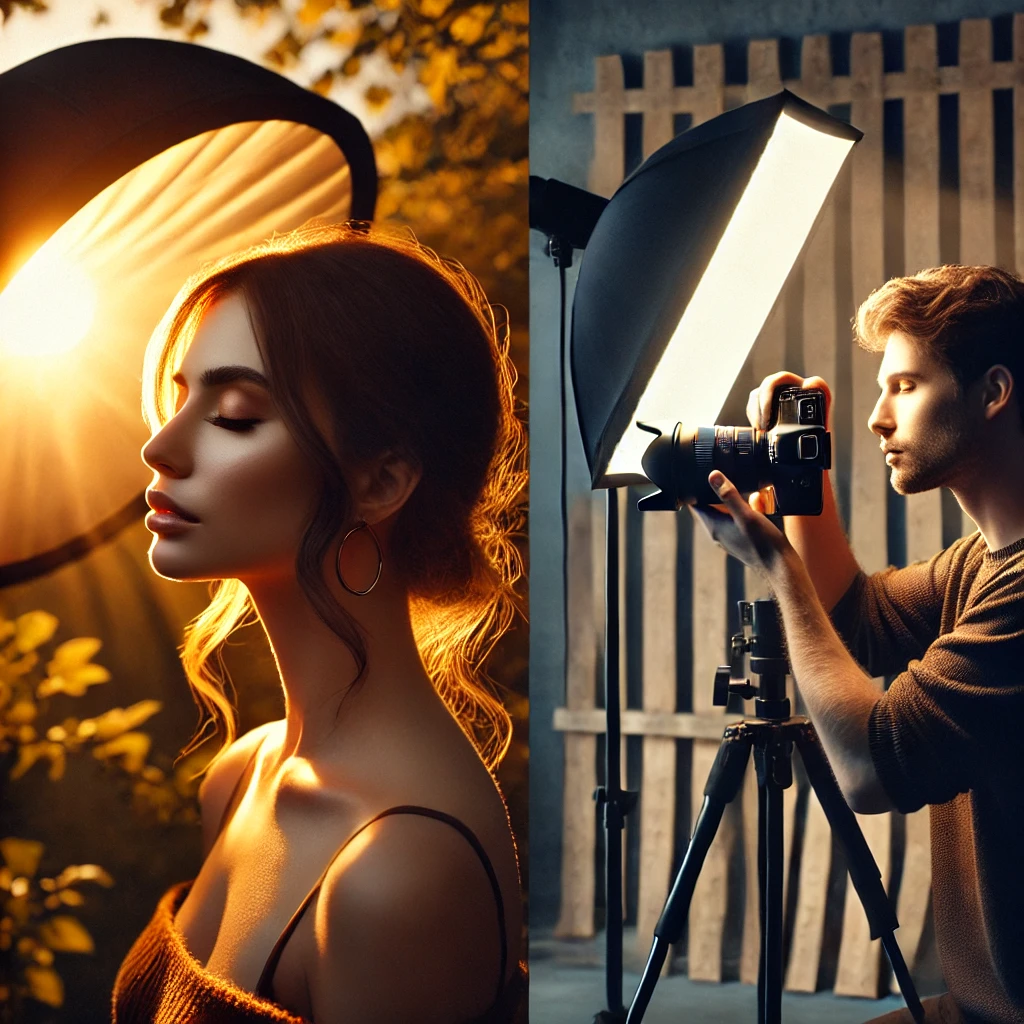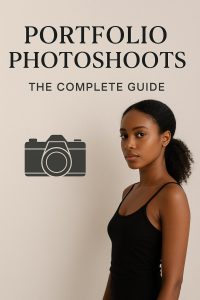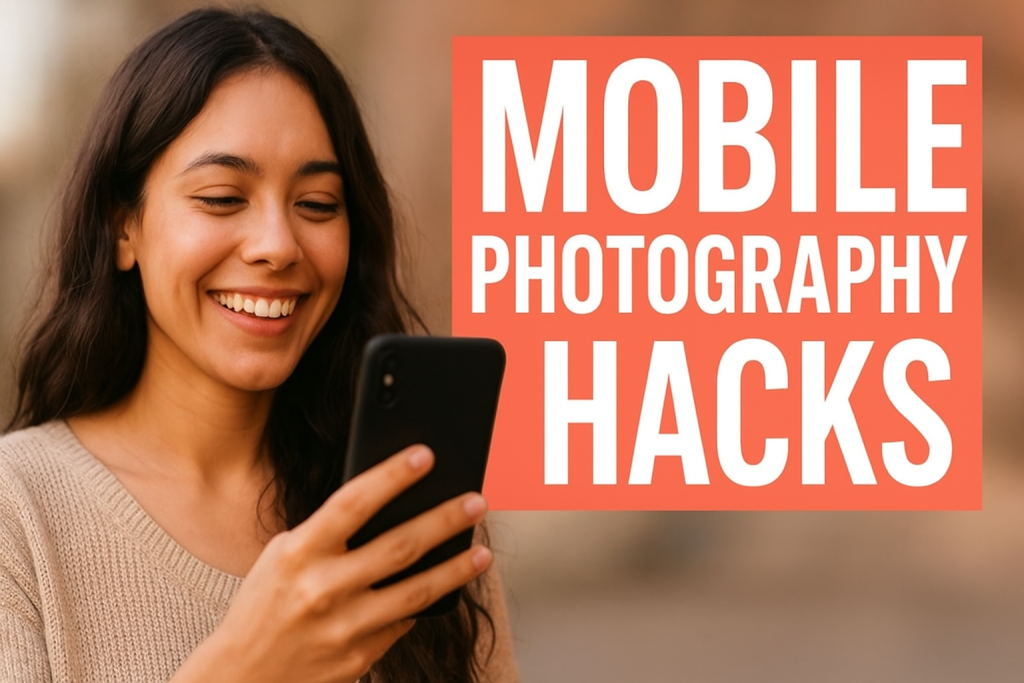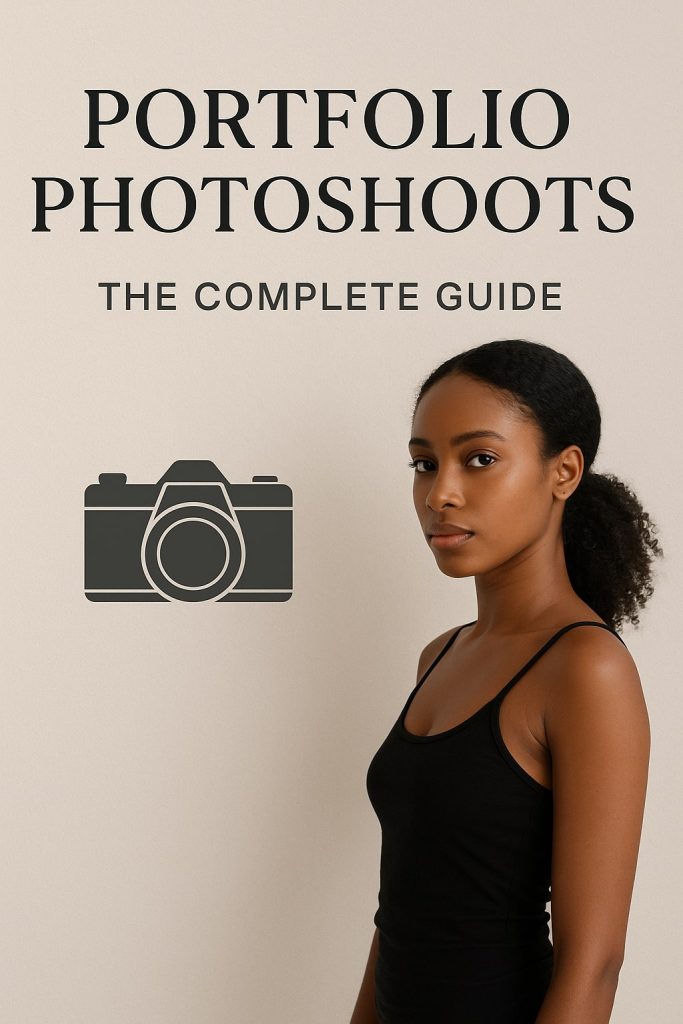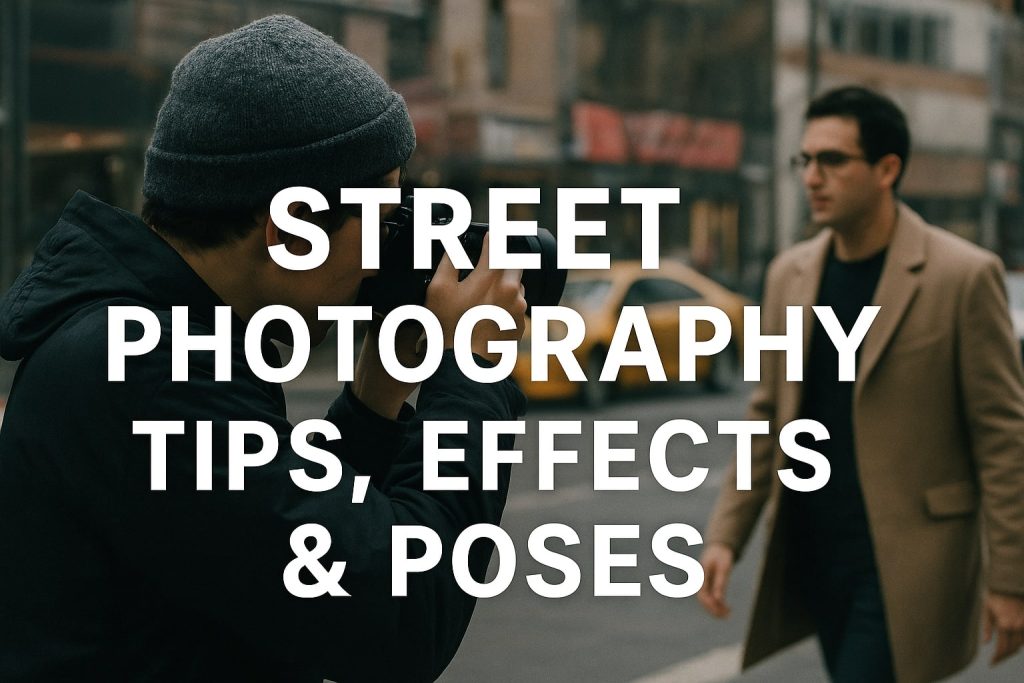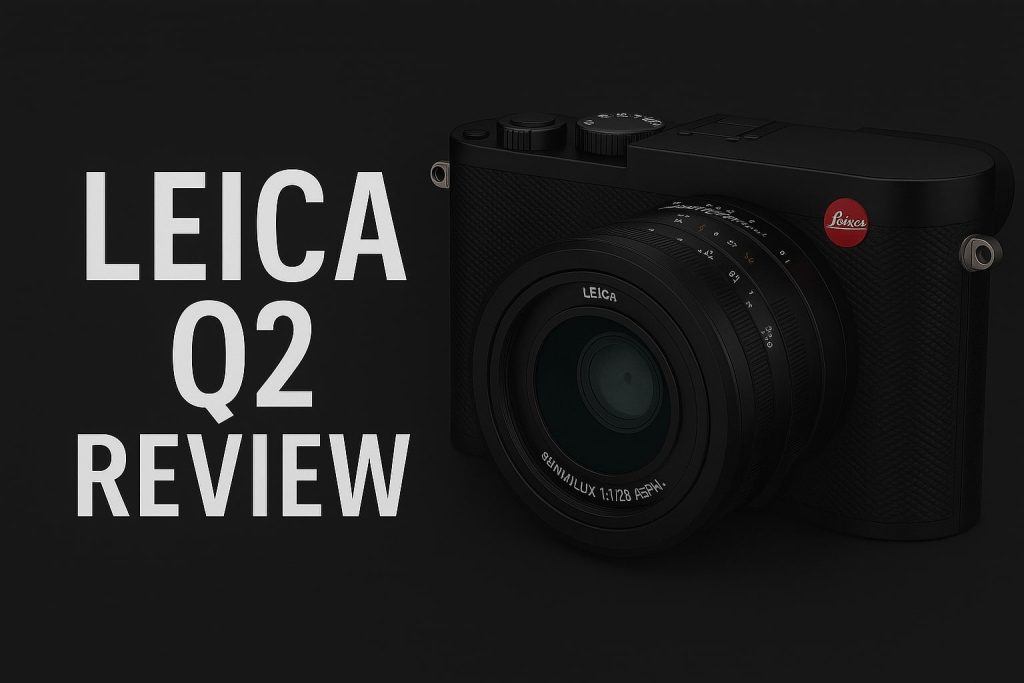Lighting is one of the most critical elements in photography. It dictates the mood, depth, and overall aesthetic of an image. Whether you are a professional photographer or a hobbyist, understanding the differences between natural light vs artificial light can significantly enhance your work.
In this comprehensive guide, we will delve into the pros and cons of both natural vs artificial lighting, helping you determine which lighting setup is best suited for various scenarios.
Understanding Natural Light
What is Natural Light?
Natural light refers to any light that comes from the sun. It can be direct sunlight, diffused light through clouds, or reflections from different surfaces. Natural light varies throughout the day and changes depending on the season and weather conditions.
Advantages of Natural Light
- Soft and flattering – Natural light, especially during golden hour, provides a warm and soft look, making it ideal for portrait photography.
- No additional equipment needed – Unlike artificial lighting, natural light does not require expensive equipment like flashes or studio lights.
- Versatile – The sunlight at different times of the day produces varying intensities and colors, allowing photographers to experiment with different moods.
- Natural skin tones – Sunlight often renders skin tones more accurately compared to artificial light sources.
Disadvantages of Natural Light
- Unpredictable – The availability of natural light depends on the time of day and weather conditions.
- Hard to control – Unlike artificial light, natural light cannot be adjusted directly. You have to rely on reflectors, diffusers, or find the right timing.
- Limited to daylight hours – Shooting at night without artificial lighting is almost impossible.
Understanding Artificial Light
What is Artificial Light?
Artificial light refers to any man-made light source used for photography, such as studio lights, LED panels, flash units, and continuous lighting setups.
Advantages of Artificial Light
- Complete control – You can adjust brightness, direction, and color temperature to match your creative vision.
- Consistency – Unlike natural light, artificial light remains the same throughout the session.
- Works in any environment – Whether shooting indoors or at night, artificial light allows for flexibility in any setting.
- Customizable effects – Artificial lights can be modified using softboxes, diffusers, gels, and reflectors to create specific moods.
Disadvantages of Artificial Light
- Expensive – High-quality lighting equipment can be costly.
- Requires knowledge and setup time – Unlike natural light, artificial light requires an understanding of light modifiers, placement, and exposure settings.
- Can look unnatural – If not used properly, artificial light can create harsh shadows or unnatural skin tones.
Comparing Natural Light and Artificial Light
| Feature | Natural Light | Artificial Light |
|---|---|---|
| Cost | Free | Expensive |
| Control | Limited | Full Control |
| Flexibility | Limited to daylight | Usable anytime |
| Learning Curve | Easier for beginners | Requires technical skills |
| Color Temperature | Changes throughout the day | Adjustable |
| Mood Creation | Natural, soft aesthetics | Customizable for various moods |
When to Use Natural Light vs. Artificial Light
Ideal Scenarios for Natural Light
- Outdoor portrait photography – The golden hour provides soft, warm lighting.
- Street photography – Using available light keeps the scene authentic.
- Landscape photography – Sunlight plays a major role in capturing dramatic scenes.
- Food photography – Window light creates a natural, appetizing look.
Ideal Scenarios for Artificial Light
- Studio photography – Controlled lighting is essential for professional shoots.
- Product photography – Artificial light ensures consistency in e-commerce photos.
- Night photography – Without artificial lighting, capturing subjects in the dark is impossible.
- Event photography – Flash and strobes help freeze moments in low-light conditions.
Tips for Working with Natural Light
- Use reflectors – These help bounce light onto your subject to reduce shadows.
- Shoot during golden hour – The hour after sunrise and before sunset offers soft and flattering light.
- Work with overcast skies – Cloudy days diffuse sunlight, creating a soft and even lighting.
- Utilize window light – Position subjects near a window for indoor photography.
Tips for Working with Artificial Light
- Use softboxes and diffusers – These help soften harsh lighting.
- Adjust color temperature – Use white balance settings or colored gels to match different environments.
- Experiment with multiple light sources – Using key light, fill light, and rim light can create depth in your photos.
- Invest in quality lighting gear – LED panels, flashes, and strobes are essential tools for professional shoots.
Conclusion
Both natural light vs artificial light have their strengths and weaknesses. The best choice depends on your photography needs, style, and environment. Understanding how to use both effectively will expand your creative potential and allow you to adapt to any situation.
FAQ
1. Which is better for beginners: natural or artificial light?
Natural light is easier to start with because it requires no extra equipment. However, learning artificial light techniques gives you more control over your photos.
2. Can I mix natural and artificial light in a single shoot?
Yes! Many photographers use a combination of both to achieve the perfect balance.
3. What is the best natural light for portraits?
The golden hour and overcast days provide soft, flattering light for portraits.
4. What is the best artificial light setup for indoor photography?
A three-point lighting setup (key light, fill light, and rim light) works best for controlled indoor shoots.
5. How can I make artificial light look more natural?
Using softboxes, diffusers, and color correction gels can help make artificial light resemble natural sunlight.
6. Does artificial light always look unnatural?
Not necessarily. With proper light modifiers and settings, artificial light can mimic natural light beautifully.
7. What is the best way to soften harsh sunlight?
Using a diffuser, shooting in the shade, or waiting for golden hour can help soften direct sunlight.
8. Is flash considered artificial light?
Yes, flash is a form of artificial light that provides controlled bursts of illumination.
9. Which light is better for outdoor shoots?
Natural light is ideal for most outdoor shoots, but artificial light can be used to fill in shadows or during night photography.
10. How do I choose the right lighting for my photography?
Consider the environment, time of day, and the mood you want to create. Experiment with both natural and artificial lighting to find what works best for you.
Book your cameras now with The Candid Shoot and create timeless memories today!
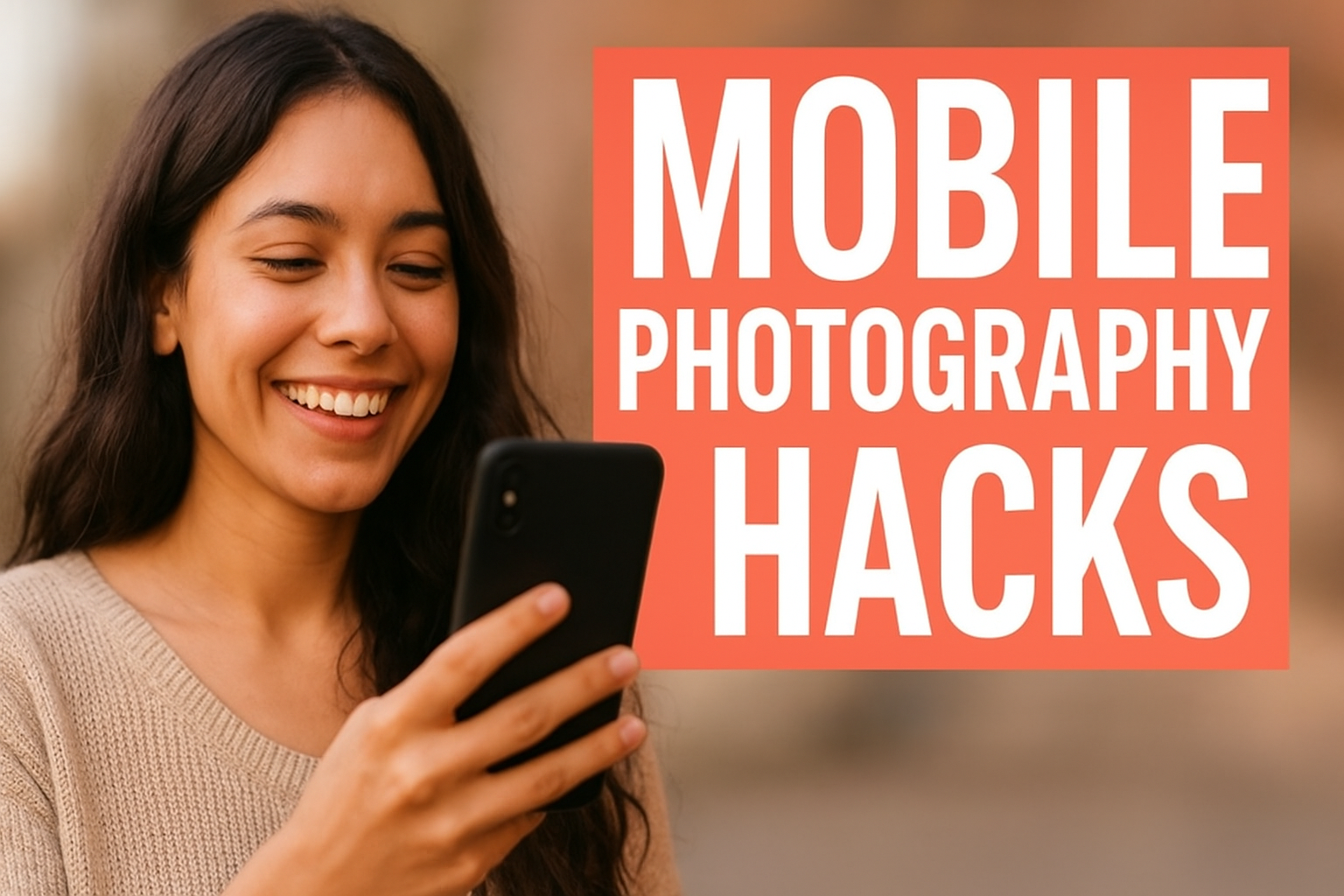
Mobile Photography Hacks: Candid Moments with Your Phone
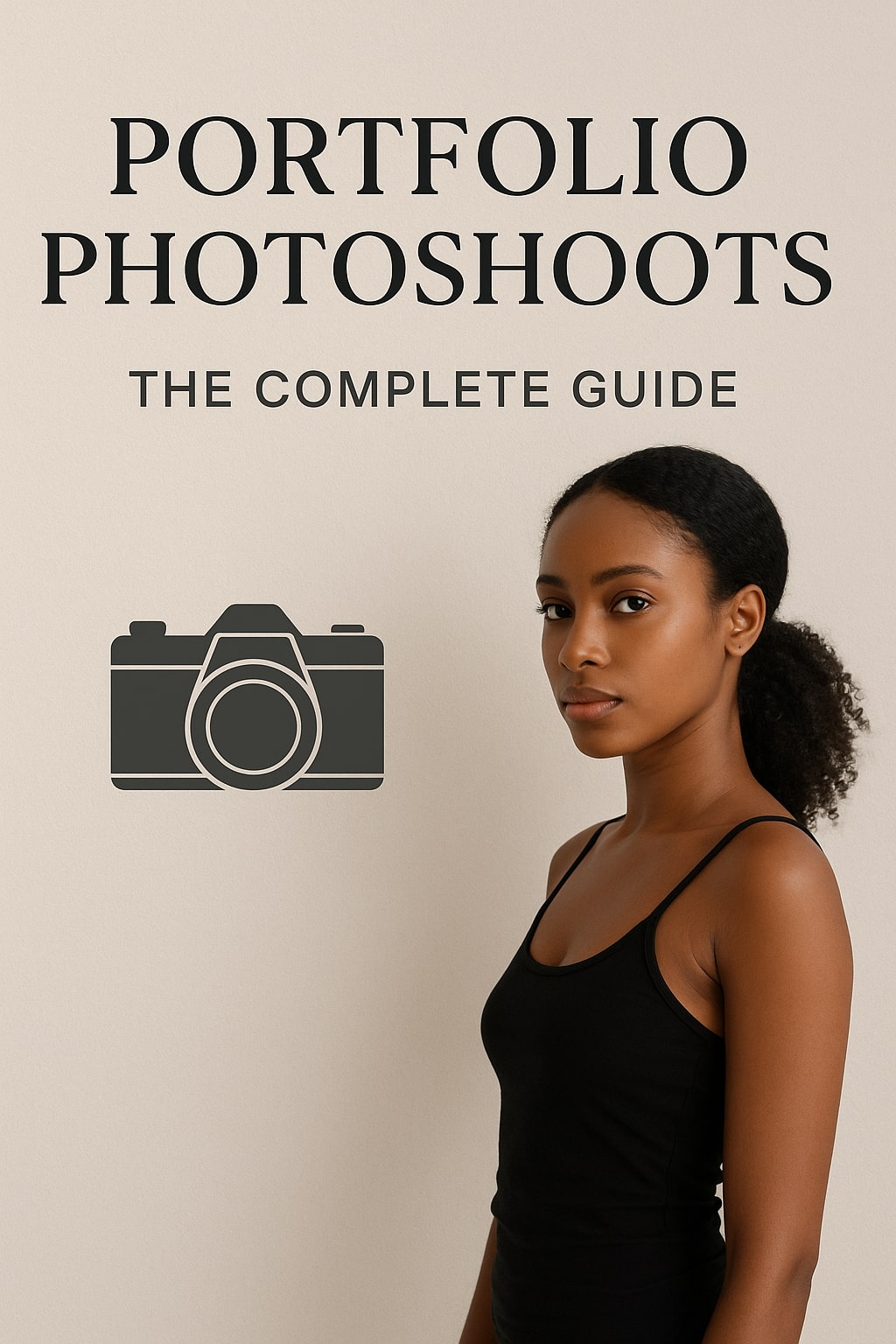
Professional Model & Portfolio Photoshoots: Show Your Best Work
-
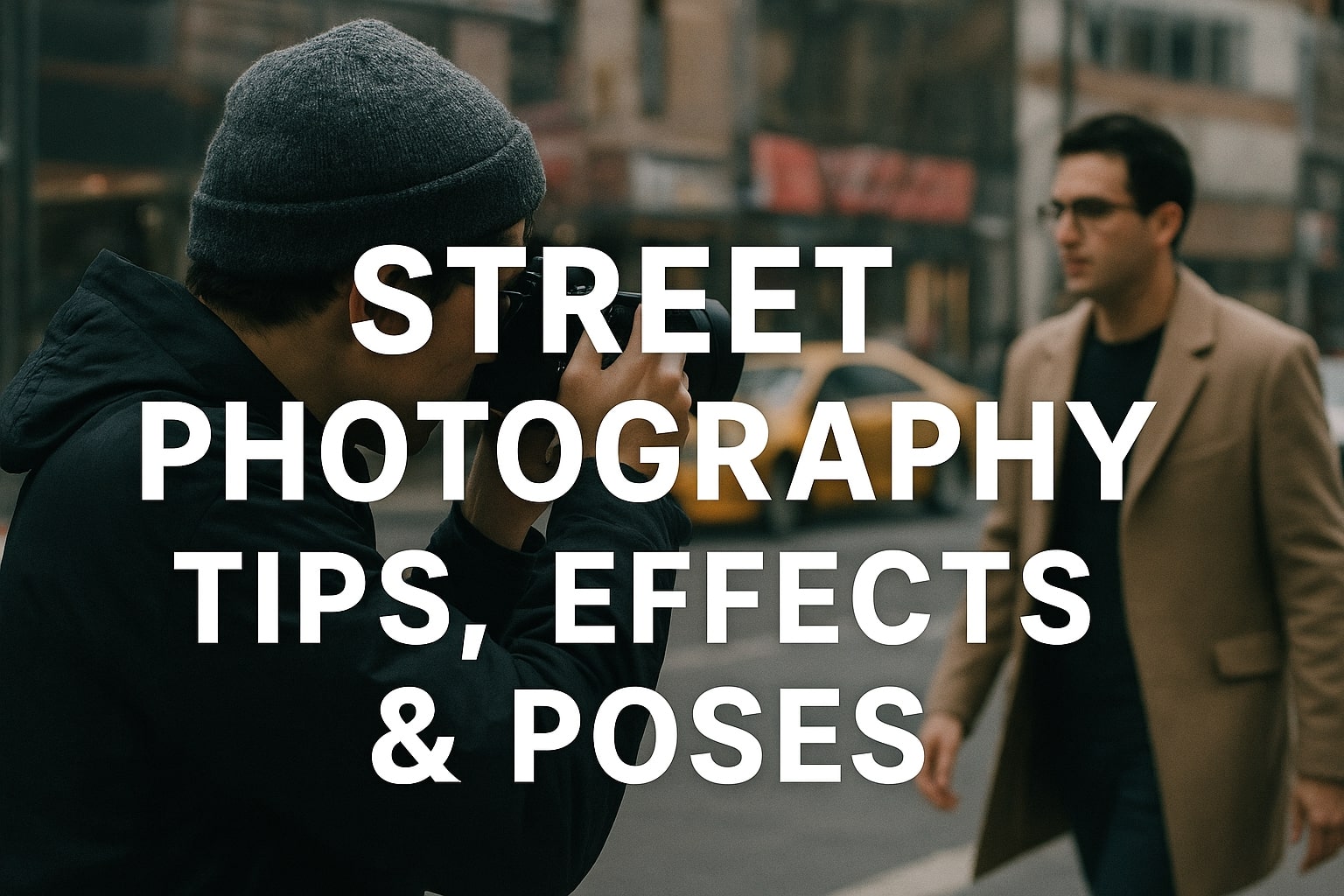
Street Photography Tips, Effects & Poses – Complete Guide
-

Leica Q2 for Photography: Why It’s Loved by Photographers
Mobile Photography Hacks: Candid Moments with Your Phone
Discover high-impact mobile photography hacks to capture genuine, gorgeous candid moments with your phone. Learn practical tips, composition secrets, and pro techniques to turn everyday scenes into stunning visual stories. Introduction: The New Age of Mobile Photography Photography has evolved beyond heavy cameras, technical jargon, and expensive equipment. Today, the power to capture extraordinary moments
Professional Model & Portfolio Photoshoots: Show Your Best Work
” Discover how to plan, style, and execute stunning portfolio photoshoots that showcase your skills, personality, and versatility. This comprehensive guide covers professional tips, posing ideas, gear suggestions, and industry insights for models and photographers.” Introduction – Why Portfolio Photoshoots Are the Cornerstone of a Photographer’s Career A well-crafted portfolio photoshoot is more than a
Street Photography Tips, Effects & Poses – Complete Guide
Discover the ultimate guide to Street Photography with expert tips, creative effects, and dynamic poses. Learn how to capture authentic urban moments, master composition, and tell powerful visual stories through your lens. Article Outline 1. Introduction to Street Photography Street Photography is more than just taking pictures of people in public spaces — it’s about
Leica Q2 for Photography: Why It’s Loved by Photographers
Introduction: The Cult Status of the Leica Q2 The Leica Q2 is not just a camera—it’s a statement. Combining the heritage of German precision engineering with modern digital excellence, it holds a special place in the hearts of professional and passionate photographers alike. With its full-frame sensor, prime Summilux lens, and minimalist design, the Q2
Top Cameras Under ₹1 Lakh for Freelance Photography
Freelance photography is no longer a niche—it’s a booming creative profession that demands not only vision and hustle but also the right gear. Your camera isn’t just a tool; it’s your storytelling partner. If you’re a freelance photographer aiming to balance performance, versatility, and budget, investing in a cameras under ₹1 lakh can offer the
Top Features of Nikon D850 That Make It Ideal for Photoshoots
Explore the top features of the Nikon D850 that make it a powerhouse for photoshoots. From exceptional resolution to dynamic range, this detailed Nikon D850 guide is built for professional and aspiring photographers. 1. Introduction When Nikon launched the D850, it quickly earned a reputation as a flagship DSLR that redefined what photographers could expect
